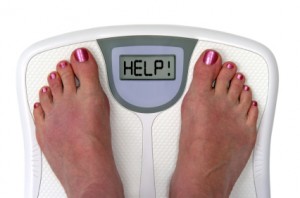 It’s important to remember that none of these factors mean that a young person WILL develop an eating disorder – they’re simply risk factors and a young person who has a combination of the different factors that we’re going to discuss may be more likely to develop an eating disorder than their peers, so it’s worth being aware of them.
It’s important to remember that none of these factors mean that a young person WILL develop an eating disorder – they’re simply risk factors and a young person who has a combination of the different factors that we’re going to discuss may be more likely to develop an eating disorder than their peers, so it’s worth being aware of them.
This post looks at social factors – how social factors such as peer influences, group involvement and so on, might contribute to a young person developing an eating disorder. You might also be interested in reading the posts about Family Factors and Personality Factors.
Being bullied, teased or ridiculed due to weight or appearance
Bullying or teasing generally can make a young person more likely to develop mental health issues. If that bullying is specifically orientated around their weight then it is far more likely to act as a contributing factor towards the development of an eating disorder.
Pressure to maintain a high level of fitness / low body weight for e.g. sport or dancing
Young people who are involved in clubs or sports which specifically require a low body weight or very high level of fitness are far more likely to develop eating disorders as their attempts to control their weight and fitness for their sport can be taken to an extreme.
Being involved with a peer group which places an large emphasis on appearance
Young people who spend a lot of time with a peer group which considers appearance to be of great importance can be at an increased risk of an eating disorder. These types of groups might be quite obsessed with clothing, make up, weight and so forth. Often, in these types of groups, weight loss is something to be proud of as everyone strives for an often unattainable ‘perfect size 8’ figure.


By What factors make someone vulnerable to anorexia nervosa? - Quora August 2, 2024 - 8:55 am
[...] [...]